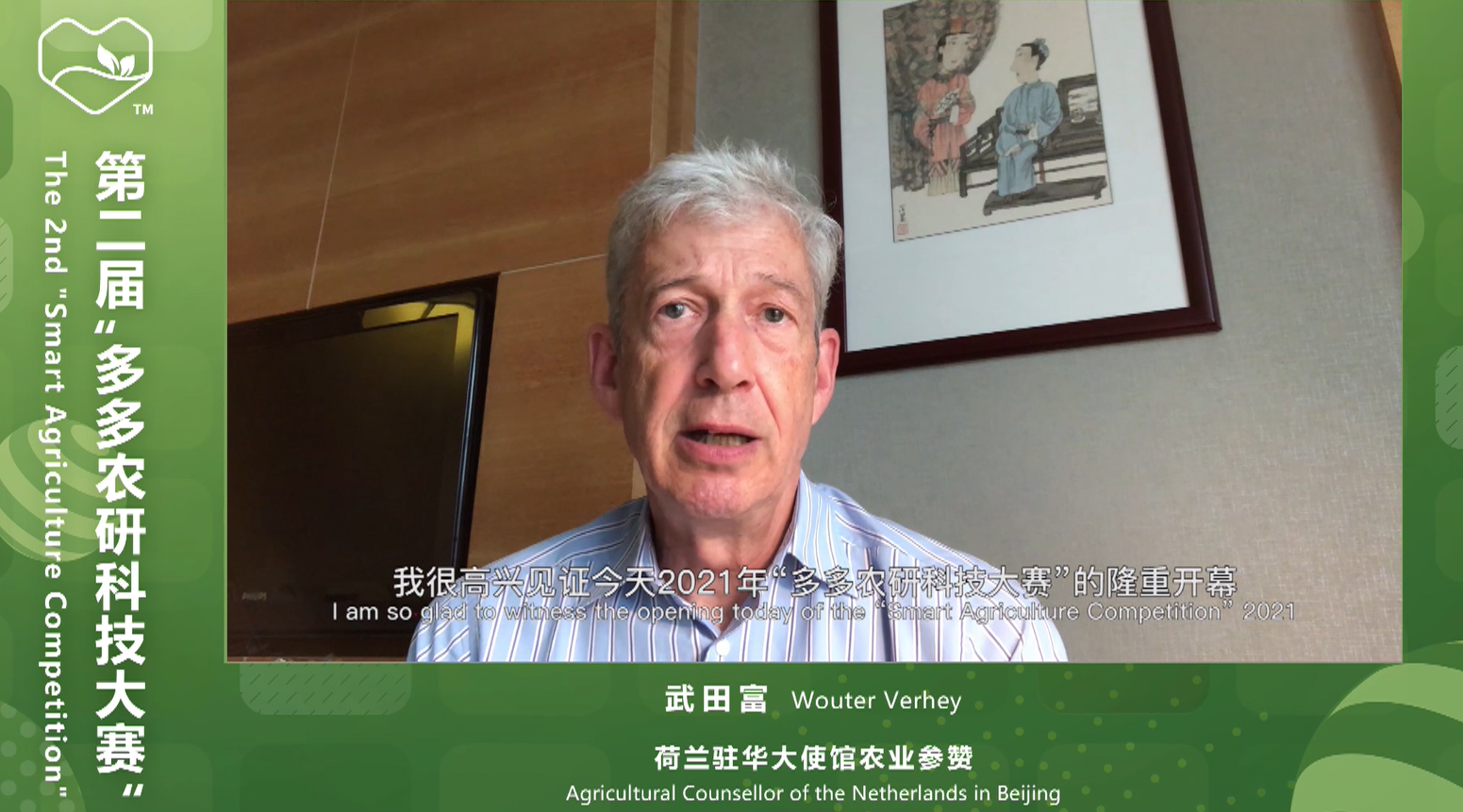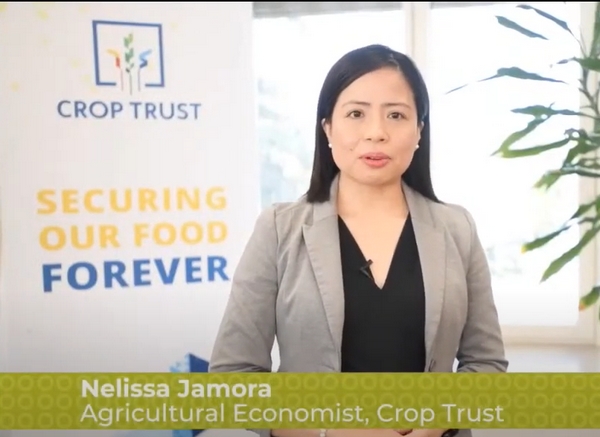As the world faces mounting challenges in food security, climate change, and resource scarcity, a pioneering project in Fujisawa, Japan, is showing how seawater aquaponics could provide a scalable, sustainable solution. In April 2025, Aquponi, a Yokohama-based firm specializing in circular farming systems, and Air Liquide Japan, a global leader in industrial gases and environmental technologies, began a joint research venture to commercialize one of the world’s first large-scale marine aquaponics systems.
This initiative, housed at the Fujisawa Aquaponics Village, introduces the “Seawater Aquaponics Future Lab – Commercialization Model” — a 200-square-meter demonstration facility that integrates shrimp aquaculture (whiteleg shrimp or Litopenaeus vannamei) with the cultivation of salt-tolerant crops, such as sea asparagus (Salicornia) and sea grapes (Caulerpa lentillifera).
Why Seawater Aquaponics Matters
Traditional aquaponics systems use freshwater, which limits the variety of aquatic and plant species that can be cultivated. However, over 70% of the world’s aquaculture is marine-based, and Japan — with its deeply rooted seafood culture — is increasingly looking toward land-based, environmentally sound systems to reduce reliance on ocean harvesting and imports.
In recent years, Japan’s seafood self-sufficiency has dropped to less than 60%, according to Japan’s Ministry of Agriculture, Forestry and Fisheries (MAFF), with shrimp imports accounting for over 90% of domestic consumption. A commercialized seawater aquaponics model could drastically reduce import dependency, cut transportation emissions, and create a more localized, climate-resilient food system.
The Technology Behind the System
The project harnesses Air Liquide’s advanced oxygen and CO₂ dissolution technologies, originally developed for industrial and aquaculture use. These technologies allow for:
- Higher oxygen saturation in shrimp tanks, improving growth rates and density
- Precise CO₂ control, enhancing photosynthesis and pH stability in plant beds
- Efficient nutrient cycling, reducing water waste and eliminating discharge
Furthermore, the system is designed to explore the use of waste heat and cold from industrial sources, capturing thermal energy to maintain optimal growing conditions year-round — a major leap toward carbon-neutral farming.
According to Air Liquide, this is the first recorded case where both oxygen and CO₂ dissolution technologies are used in a marine aquaponics context, allowing researchers to measure their combined impact on shrimp health, plant yield, and system stability.
High-Value Crops, High-Impact Outcomes
The pilot focuses on whiteleg shrimp, one of the world’s most widely farmed shrimp species due to its fast growth and high market value. Meanwhile, sea asparagus and sea grapes — known for their high nutritional value and culinary appeal in Europe and Asia — are expected to offer premium-priced produce for niche markets.
These crops also serve a critical ecological function in the system: filtering excess nutrients, improving water clarity, and helping maintain a balanced environment for the shrimp.
Currently, sea asparagus is entirely imported into Japan, and sea grapes are only grown in small volumes in Okinawa. Local production through aquaponics could reduce costs, ensure year-round supply, and support domestic agriculture.
A New Era for Japanese Aquaculture
Aquponi, which has implemented over 50 aquaponics farms across Japan, sees this project as a potential turning point. Having already conducted brackish water shrimp trials in 2024, the company is now pushing to establish a commercial model that can be deployed in urban, peri-urban, and even coastal industrial zones.
Company CEO Kengo Hamada emphasized the urgency:
“Land-based aquaculture is increasingly essential as wild stocks decline and environmental restrictions grow. This project shows that we can maintain Japan’s fish-eating culture without exhausting natural resources.”
Meanwhile, Air Liquide’s Vice President of R&D Asia Pacific, Coxum Chou, sees the collaboration as part of a broader sustainability vision:
“Our combined knowledge in gas dissolution and environmental control positions us to deliver transformative solutions for food production. We’re not just improving aquaponics — we’re reimagining it for a decarbonized future.”
With the launch of Japan’s first commercial-scale seawater aquaponics system, Aquponi and Air Liquide are redefining the boundaries of what aquaponics can achieve. By combining shrimp farming with high-value, salt-tolerant crops in a fully integrated, zero-emissions loop, this initiative sets a global precedent for the future of marine food production. For farmers, researchers, and agribusiness innovators, the message is clear: the sea has come ashore — sustainably, profitably, and with purpose.












